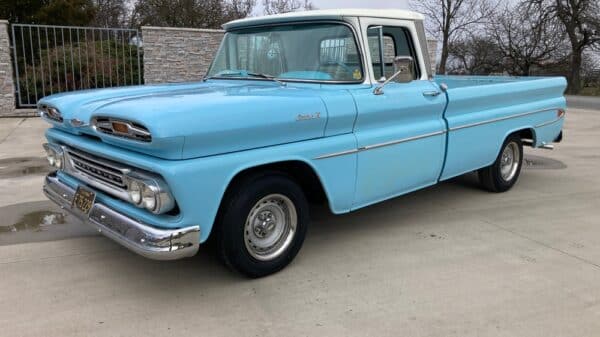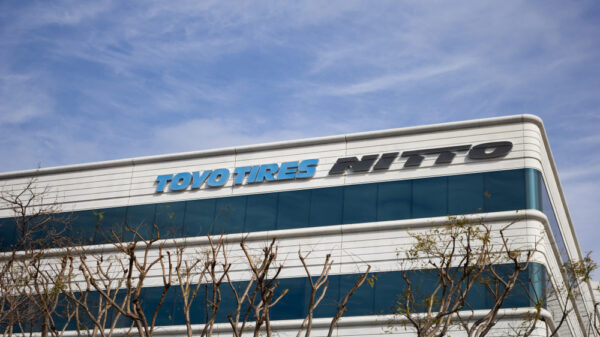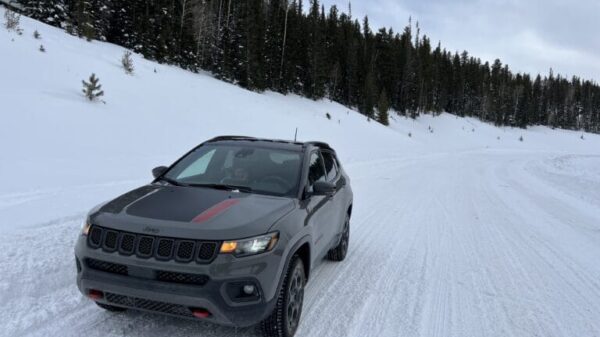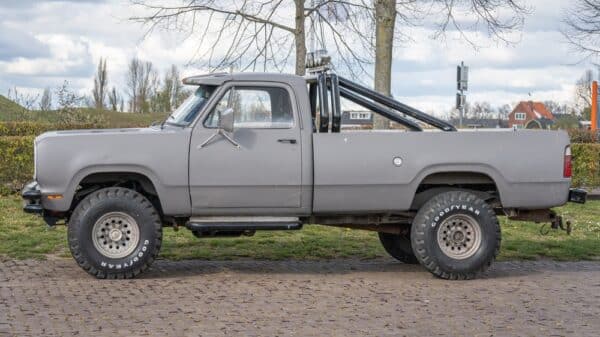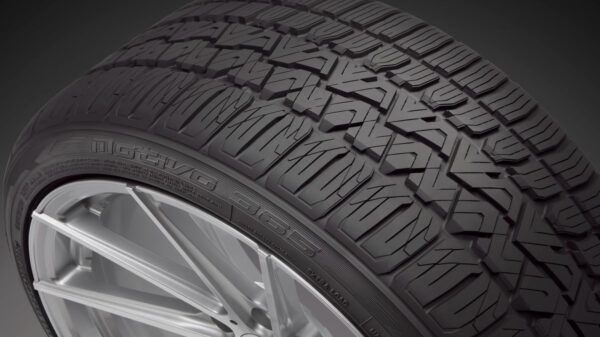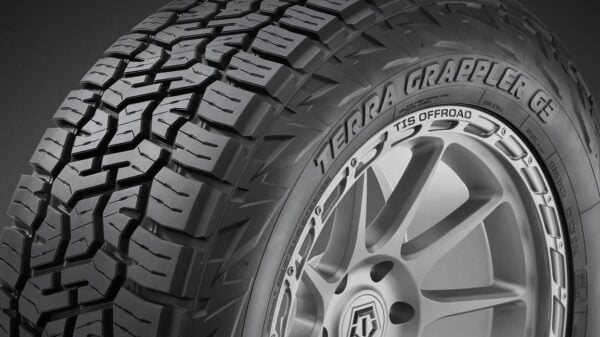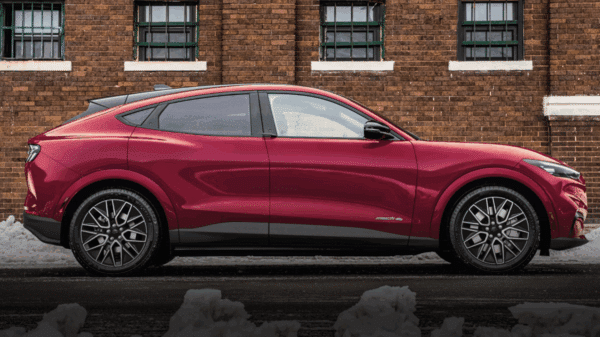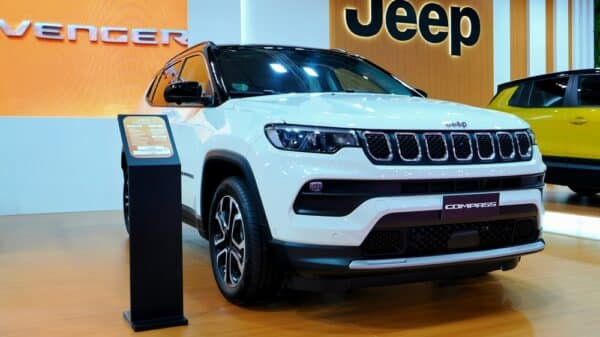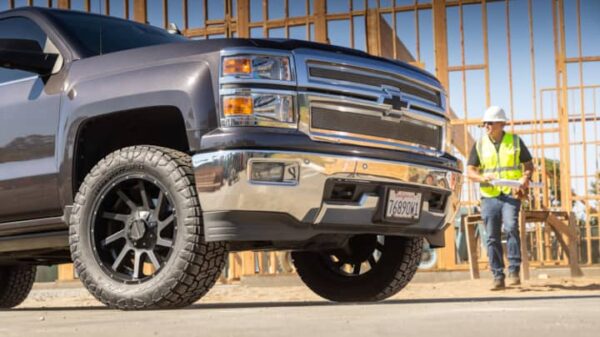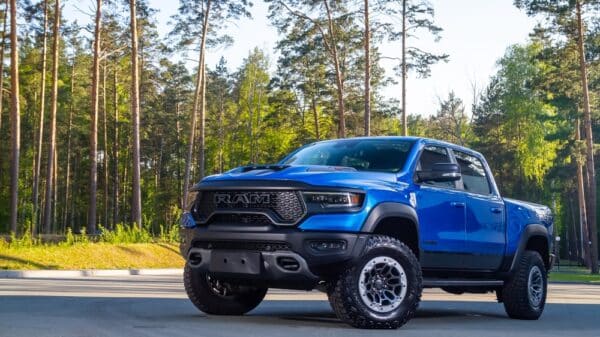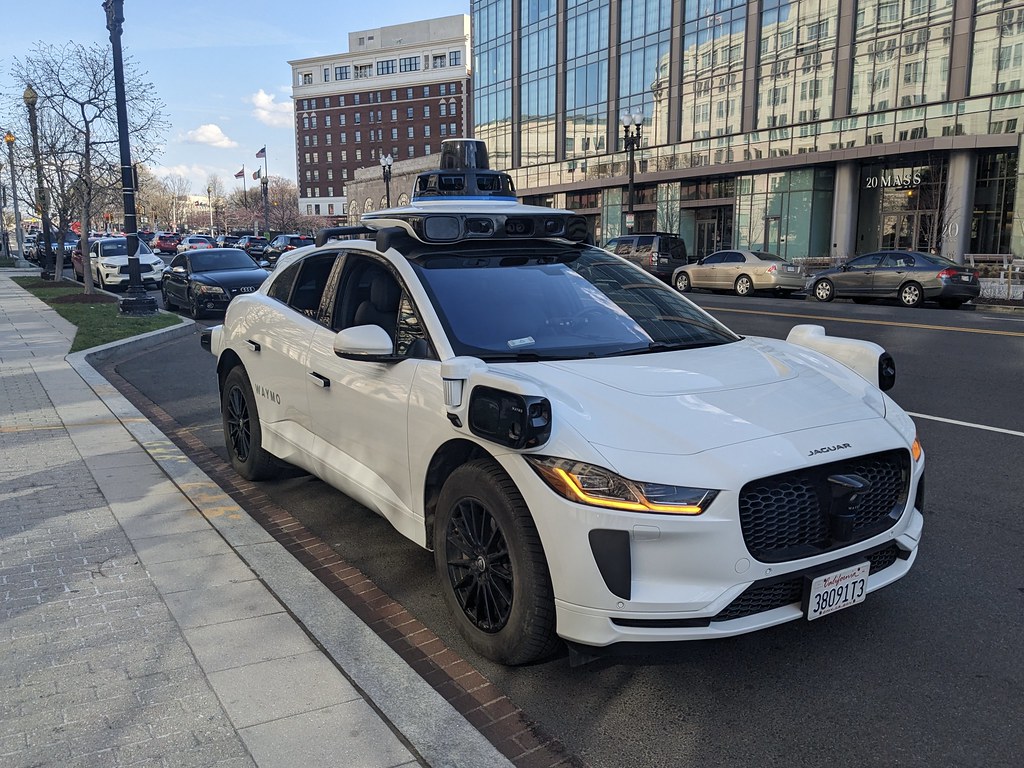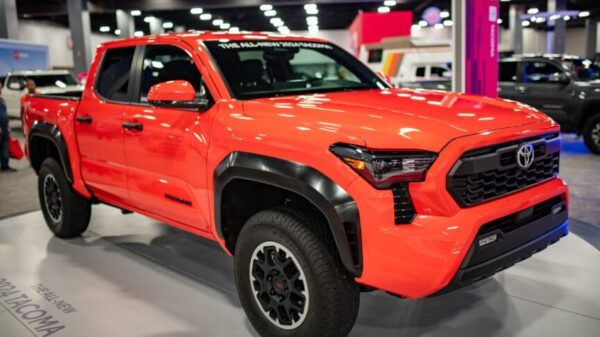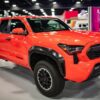The landscape of autonomous driving is accelerating as Waymo officially rolls out its robotaxi service on freeways in major metropolitan areas. Riders in San Francisco, Los Angeles, and Phoenix will be the first to experience this innovative leap in self-driving technology, as Waymo’s vehicles now have the capacity to merge, cruise, and exit highways safely at recommended speeds.
A New Chapter in Self-Driving Technology
This marks a significant milestone for Waymo and the broader autonomous vehicle industry. The decision to allow robotaxis on freeways highlights Waymo’s confidence in their technology to handle the more complex and often chaotic aspects of highway driving—an experience that many commuters find stressful.
Gradual Rollout for Enhanced Safety
While the expansion is promising, Waymo is taking a cautious approach. Initially, only select trips will utilize the freeway system, but plans are in place for broader access over time. In these urban corridors, vehicles can travel at posted speed limits, which can reach up to 65 MPH. Notably, Waymo has indicated that its cars may exceed these limits in specific scenarios deemed necessary for safety.
Collaboration with State Authorities
To ensure a seamless integration into existing traffic systems, Waymo is working closely with the Arizona Department of Public Safety and the California Highway Patrol. This collaboration will extend to operational protocols and charging infrastructure to support their fleet of electric vehicles effectively. By reinforcing these partnerships, Waymo aims to enhance safety and mitigate any potential risks associated with increased autonomy.
Technological Triumph and Competitive Pressure
Waymo’s co-CEO, Dmitri Dolgov, described this new ability as a “profound engineering feat.” Merging onto freeways while navigating a landscape filled with unpredictable drivers is, indeed, a considerable challenge. The fact that Waymo feels ready to grant its vehicles more independence signifies a noteworthy advancement in their autonomous technology.
“Achieving fully autonomous freeway operations is not just a technical achievement but a testament to the maturity of our operations,” said Dolgov. “We are excited to offer riders in San Francisco, Los Angeles, and Phoenix the ability to use freeways as we refine the Waymo Driver with safety as our guiding principle.”
Market Dynamics and Future Considerations
As Waymo celebrates this critical step forward, it also faces the pressing question of how it will maintain profitability and build trust among riders. The imminent competition from Tesla, which has launched its own Robotaxi service in Austin, may also be pushing Waymo to expand quicker than planned. The company’s recent announcement of expanding coverage to San Jose—including curbside service at Mineta International Airport—further emphasizes its commitment to meeting evolving market demands.
Looking Ahead
The significant advancement onto freeway systems, albeit gradual at first, indicates that Waymo’s driverless cars are graduating from low-speed urban streets to the high-stakes environment of busy highways. As the industry evolves, all eyes will be on Waymo to see how it navigates this pivotal moment and addresses inherent challenges ahead.


